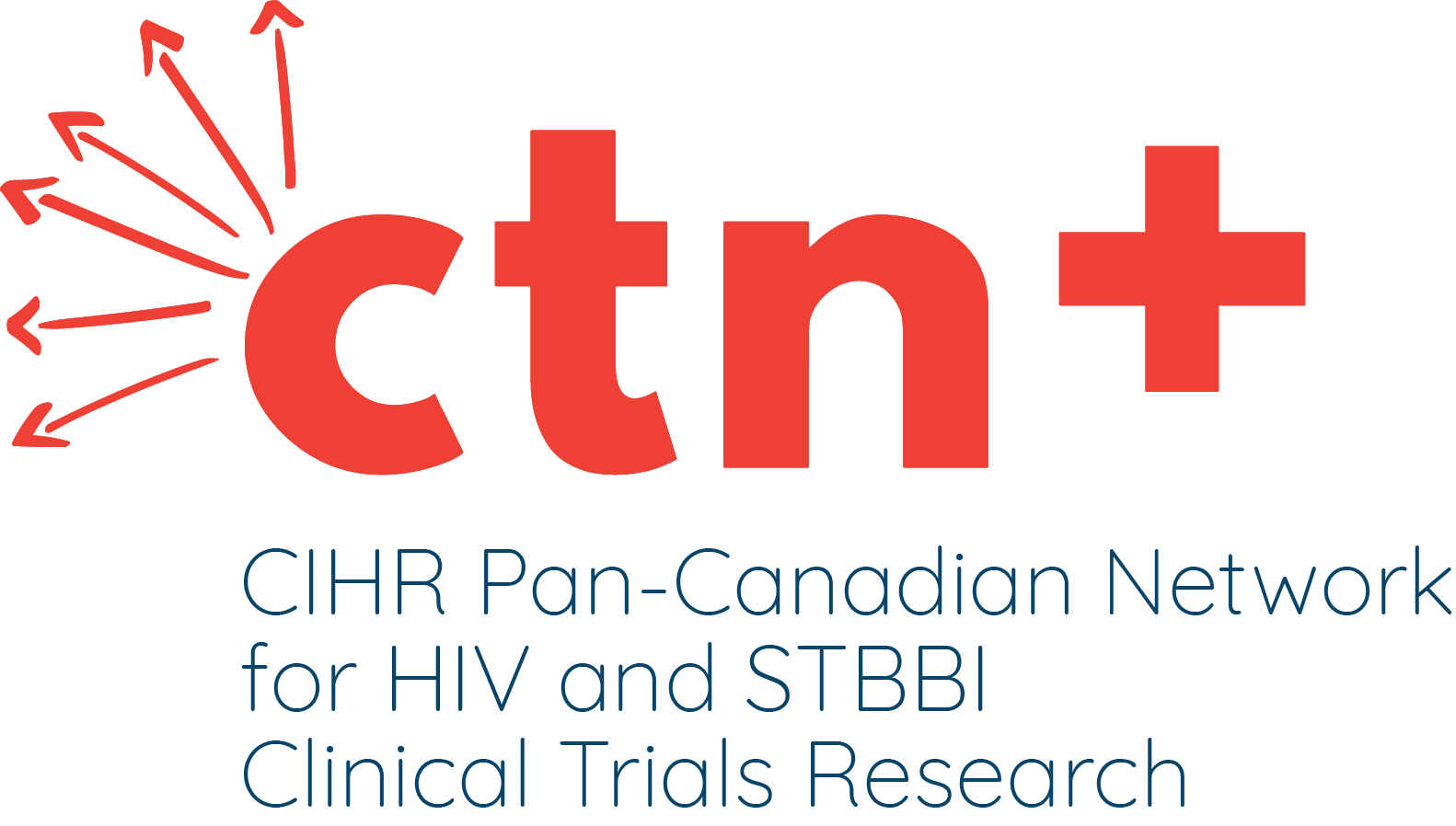About The Study
To compare two regimens: continuing on indinavir (IDV)800 mg every eight hours (q8h) vs switching to indinavir 800 mg plus ritonavir(RTV) 100 mg every 12 hours (q12h).
Study Approach
This was an international, multicentre, randomized, open-label study with a duration of 48 weeks. Participants were randomized to either continue on their current regimen including indinavir or to switch to indinavir plus liquid ritonavir. Both groups continued with their current nucleoside reverse transcriptase Inhibitors (NRTIs). The primary endpoint was the proportion of participants remaining at undetectable viral loads (500 copies/mL or less) at 48 weeks. Secondary endpoints were the proportion of participants with serious study drug-related adverse experiences, the proportion of patients who discontinued the study due to study drug-related adverse experiences and the incidence of nephrolithiasis (kidney stones).
Study population
The study enrolled 323 participants with proven HIV infection, who were receiving triple antiretroviral therapy including indinavir 800mg q8h plus two NRTI for at least four months, who had CD4 counts of at least 100 cells/mm3 and who had undetectable viral loads for at least three months. Median time on indinavir was 1.9 years for the indinavir/ritonavir q12h arm and was two years for the indinavir q8h arm. Most participants were receiving zidovudine + lamivudine (48% in both arms) or stavudine + didanosine (38% IDV/RTV versus 37% RTV).
Results
The proportions of participants with undetectable viral loads at week 48 were 93%, 88% and 58% in the IDV/RTV arm, and 92%, 86% and 74% in the IDV arm. The first number represents an OT (on treatment) analysis. The second represents an ITT (intent-to-treat) analysis, including people who departed from their assigned study drugs. The final number also represents an ITT analysis, but counts the participants who depart from their assigned study drugs as treatment failures. The overall incidence of adverse events was higher in the IDV/RTV arm (66%) in comparison with the IDV arm (55%). A significantly higher proportion of participants discontinued study medication due to adverse events in the IDV/RTV arms than in the IDV arm. The incidence of genitourinary adverse events, like nephrolithiasis, was also significantly higher in the IDV/RTV arm.
Conclusions
The efficacy of continuing IDV every eight hours versus switching to IDV/RTV every 12 hours in suppressed, stable participants was found to be equal. However, the three times daily regimen performed better when discontinuations were classified as regimen failures. Therefore, IDV/RTV every 12 hours can be convenient and equally effective for participants who can tolerate it.
Note: These results were taken from an article published in AIDS 2003, 17: 831-840.
